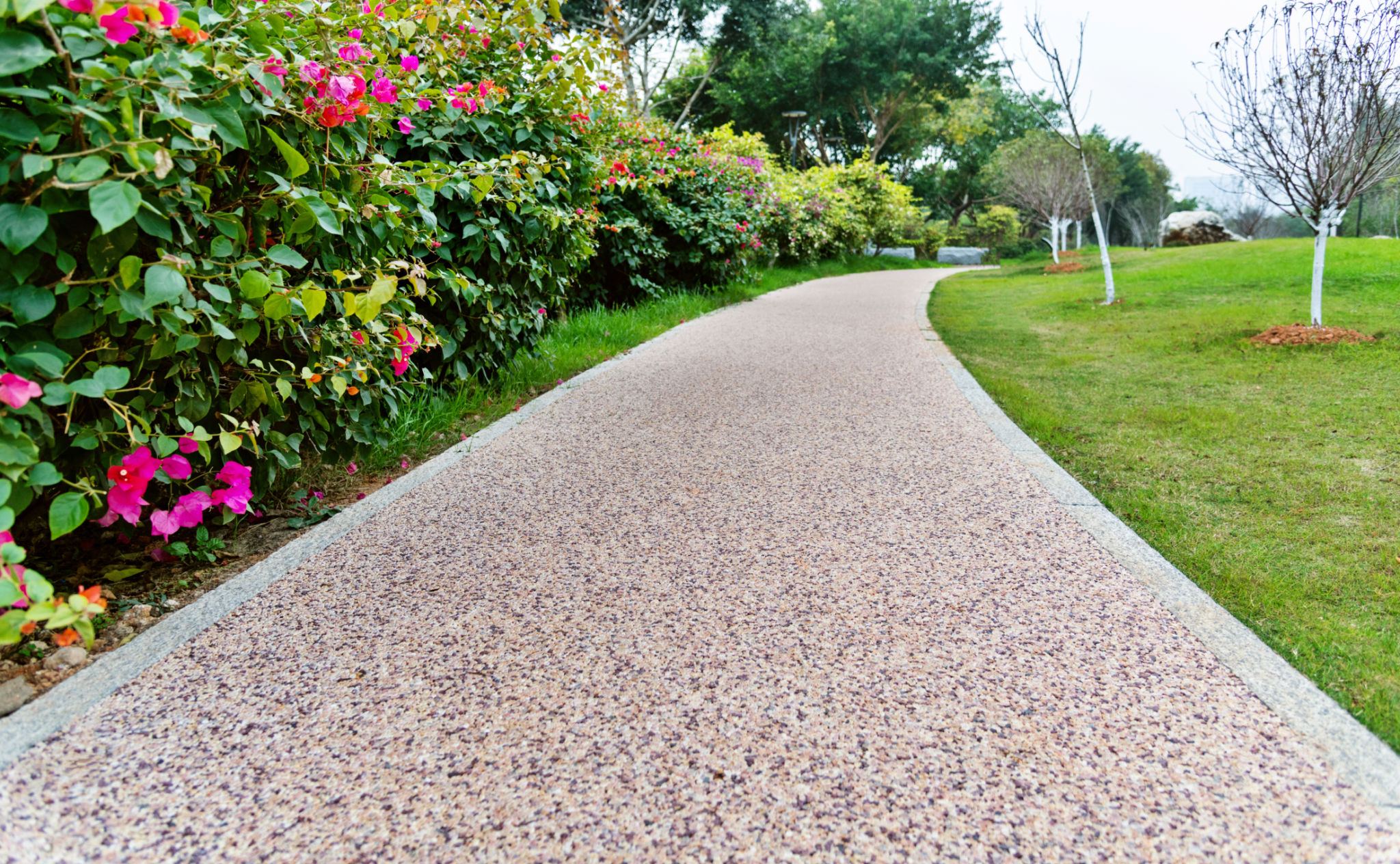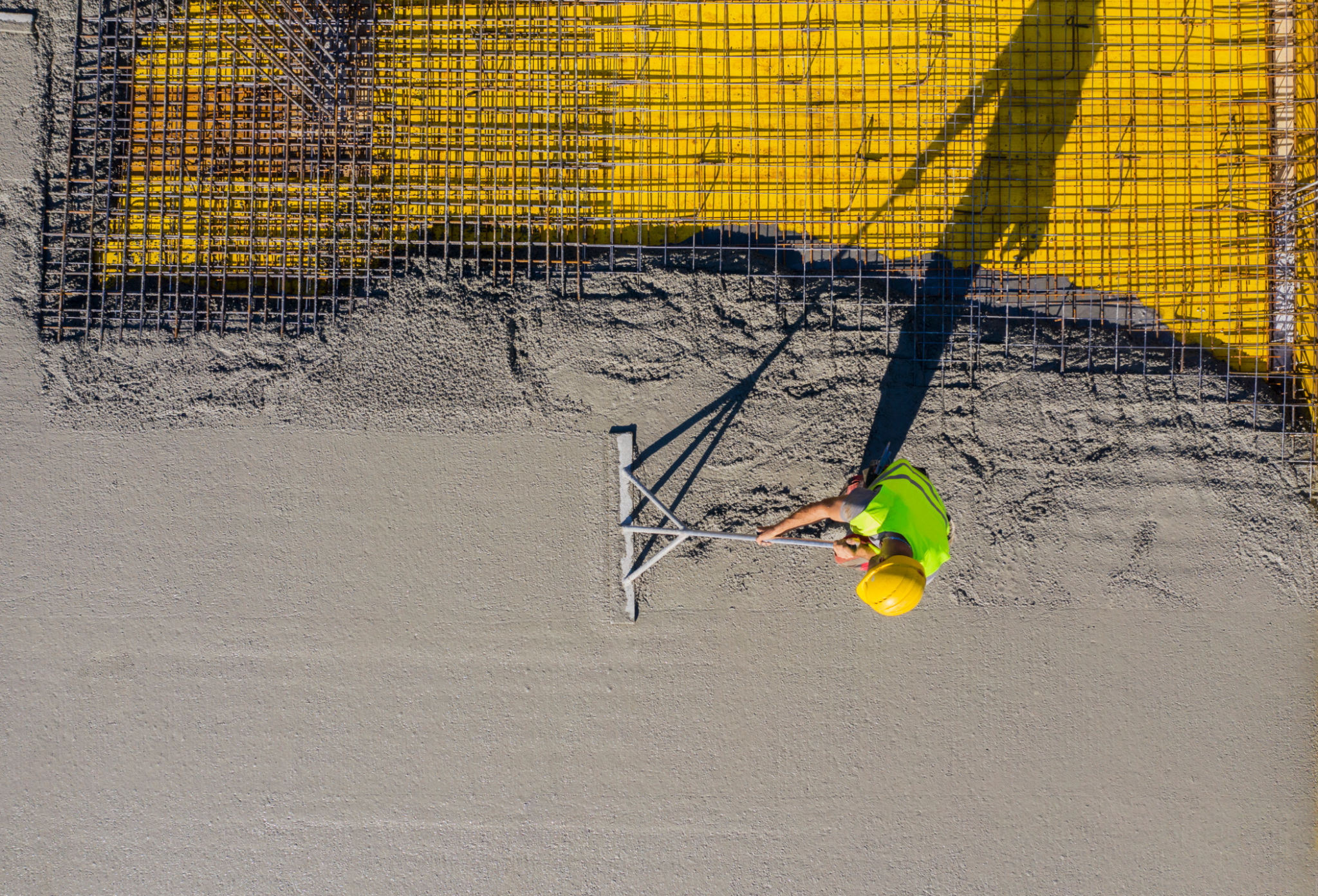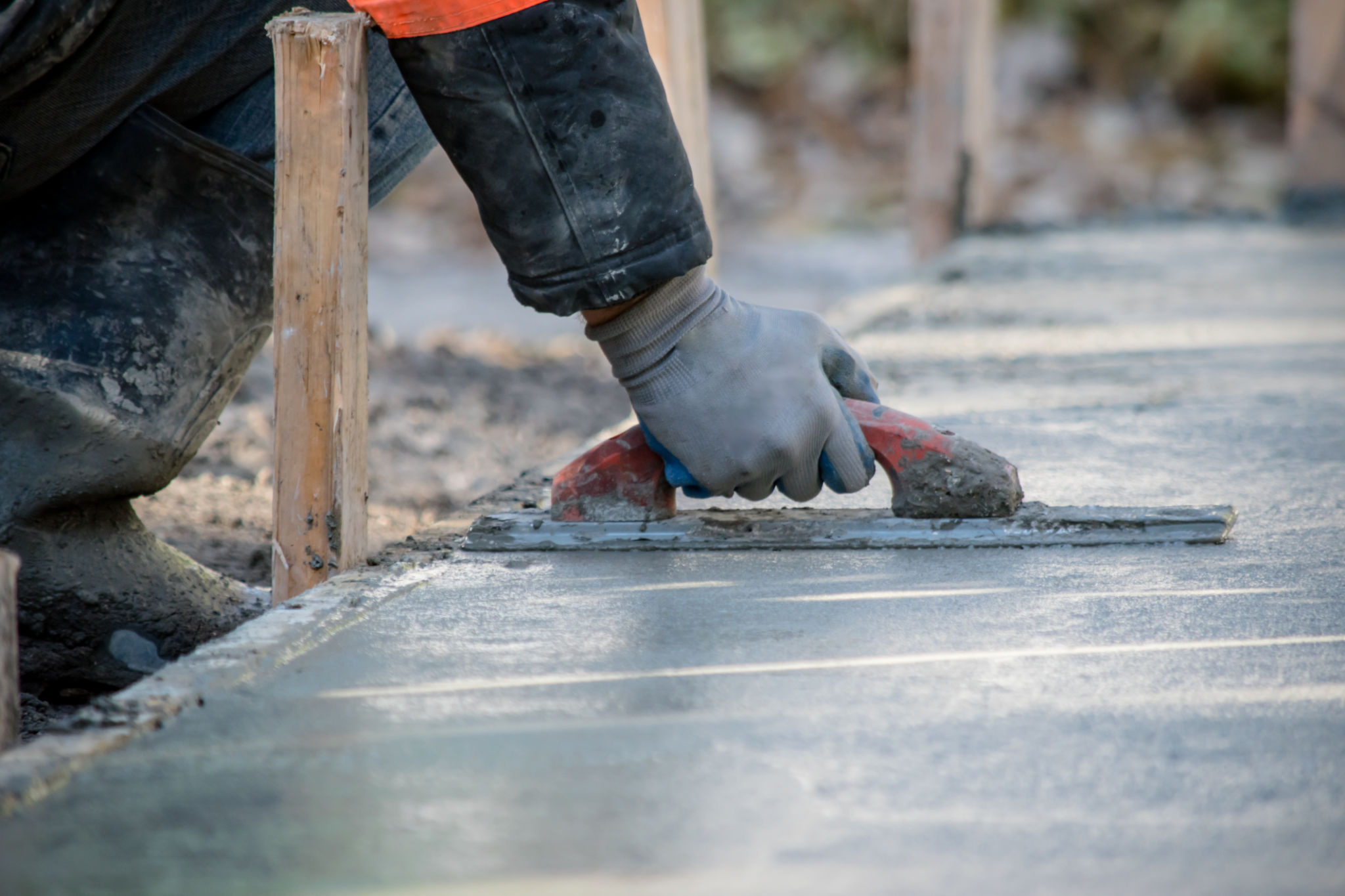How to Choose the Best Concrete Placement for Your Garden Pathways
Understanding Your Garden's Needs
Creating a garden pathway is both a functional and aesthetic decision. It not only guides visitors through your garden but also enhances the overall design. The first step in choosing the best concrete placement for your garden pathways is to understand your garden's unique needs. Consider factors such as the layout, climate, and intended use of the path.
For instance, if your garden is frequently exposed to heavy rain, opting for a permeable concrete is a wise choice to prevent water pooling. Alternatively, if your garden is primarily decorative, you might prioritize style over functionality.

Different Concrete Placement Options
Concrete placement can vary significantly depending on the desired outcome. Here are some popular options:
- Poured Concrete: This is a traditional method where concrete is poured directly into molds on-site. It offers a seamless look and is highly durable.
- Stamped Concrete: Provides a textured finish that can mimic materials like brick or stone, adding an aesthetic touch without the higher cost.
- Precast Concrete: These are pre-made slabs that can be placed directly onto your pathway, offering quick installation and uniformity.
Poured Concrete Benefits
Poured concrete is favored for its durability and strength. It forms a solid surface that can withstand the weight of heavy foot traffic, making it suitable for frequently used pathways. Moreover, it can be customized with stains or dyes to match the theme of your garden.

Design Considerations
The design of your garden pathway should complement the overall landscape. Consider the width of the path, its curves, and the surrounding elements. A wide pathway offers ample space for movement, while gentle curves can create a more natural flow within the garden.
Additionally, integrating elements like lighting or edging can enhance both functionality and appeal. Lighting improves safety during nighttime use, and decorative edging can help define the path's boundaries.
Cost and Maintenance
Budgeting is a crucial aspect of any garden project. Poured concrete might have higher initial costs due to labor, but its long-term durability can offset these expenses. On the other hand, stamped or precast options might offer lower upfront costs but could require more maintenance over time.

Environmental Impact
When selecting concrete for your garden pathways, consider the environmental impact. Opting for eco-friendly materials or techniques can make your pathway more sustainable. Permeable concrete allows rainwater to seep through, reducing runoff and helping maintain local water cycles.
Additionally, using recycled materials in your concrete mix can reduce waste and lower the carbon footprint of your project.
Final Thoughts
Choosing the best concrete placement for your garden pathways involves balancing aesthetics, functionality, and sustainability. By considering your garden's specific needs and the various placement options available, you can create a pathway that enhances your outdoor space for years to come.
Remember that professional advice can be invaluable in making these decisions. Consulting with a landscape architect or contractor can provide insights tailored to your unique garden environment.